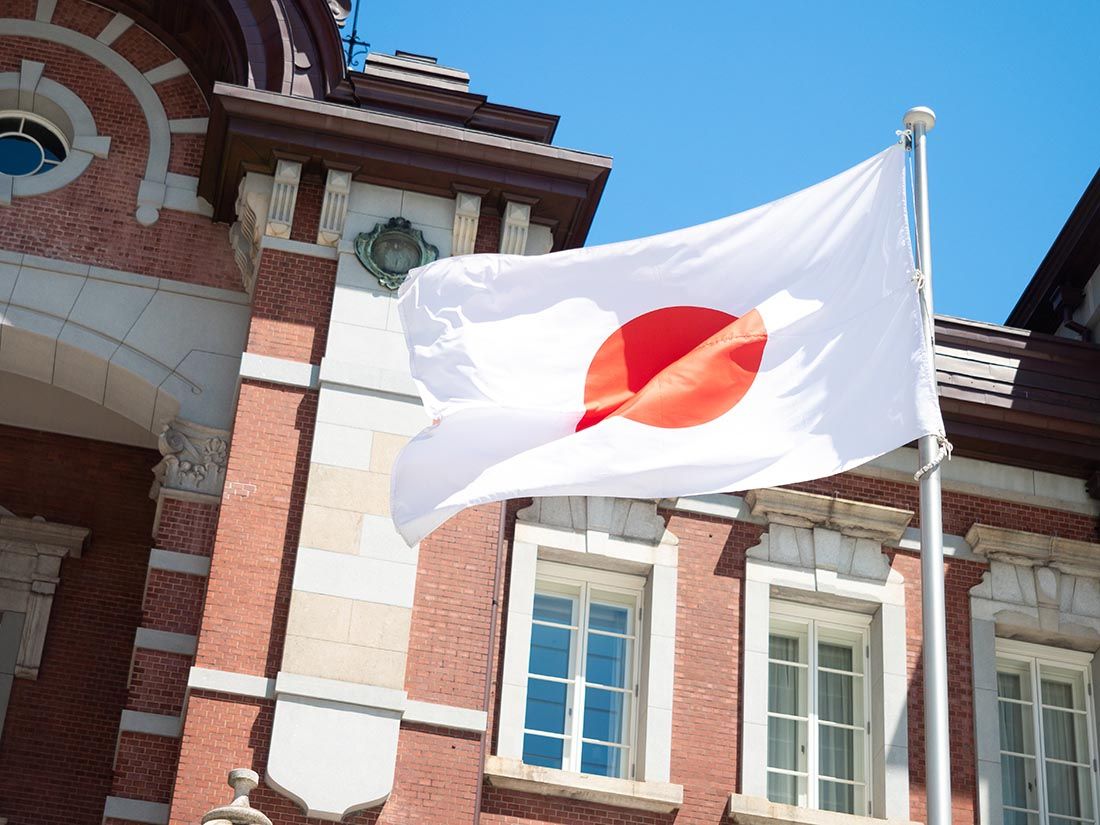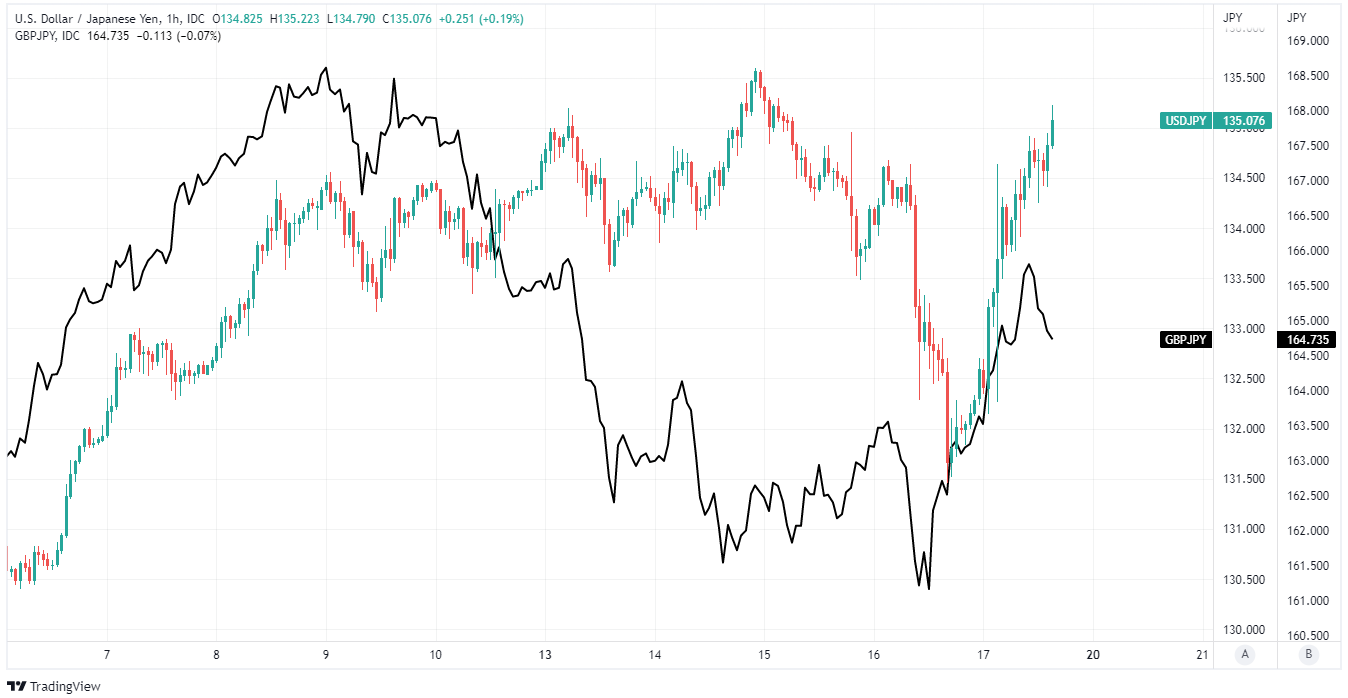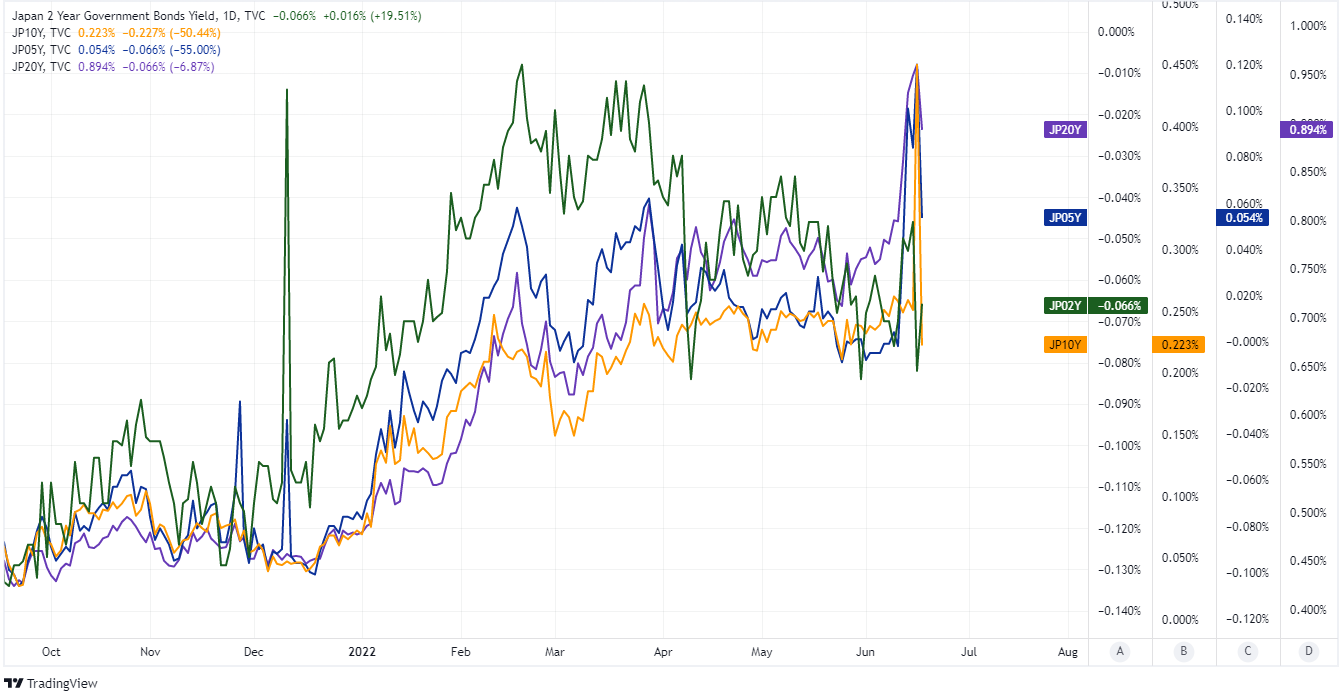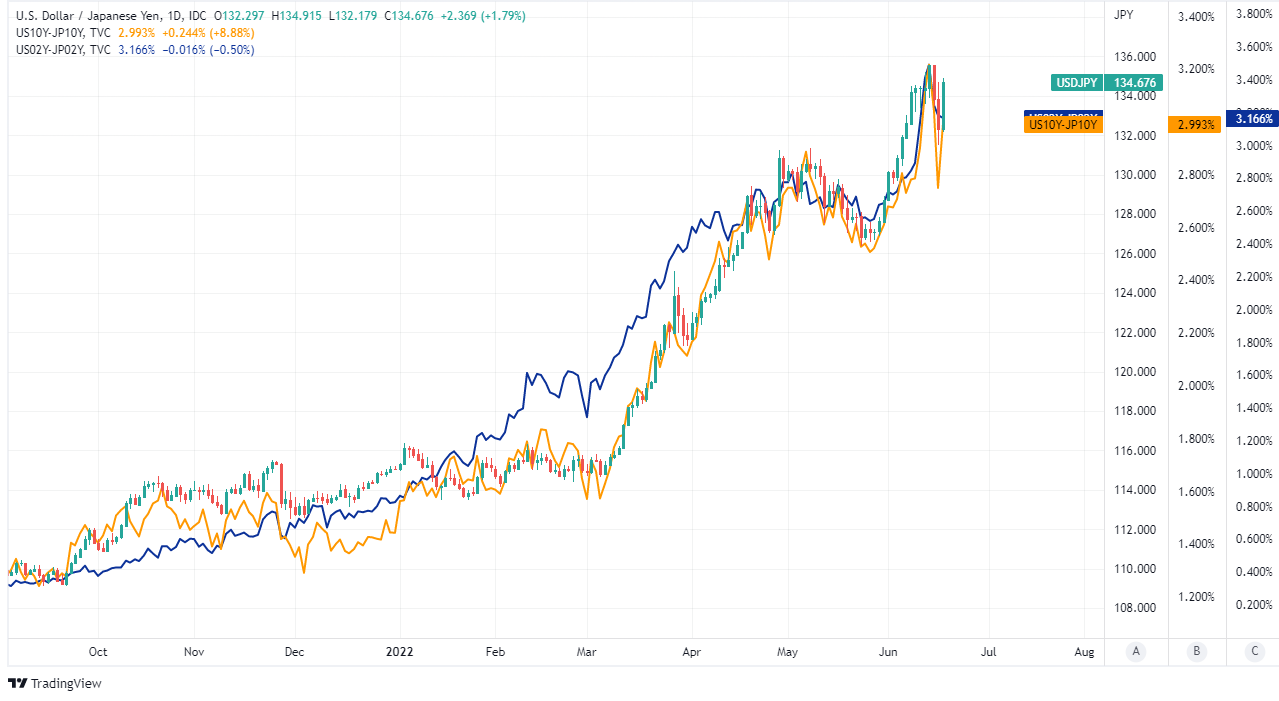Japanese Yen Bears Roused by BoJ's Backbone as Intervention Risk Grows
- Written by: James Skinner
- USD/JPY nears 1998 highs afresh after BoJ stays policy course
- Quashes speculation about changes to yield curve control policy
- Fresh JPY pressure foments speculation about FX intervention
- Effectiveness of intervention uncertain but may lift others’ yields

Image © Adobe Stock
The Japanese Yen tumbled back near a new millennium low to end the week in losses that prompted some analysts to contemplate the rising risk of an official intervention as financial markets besieged the Bank of Japan (BoJ) for its commitment to a long and ongoing monetary policy process.
Japan’s Yen fell against all major counterparts and many other currencies on Friday in price action that lifted USD/JPY to within an inch of 135 after the BoJ left all of its policy settings unchanged and quashed speculation about a possible alteration to its yield curve control policy.
Yen losses and Dollar strength have lifted USD/JPY by more than 17% for 2022 and reportedly prompted Governor Haruhiko Kuroda warn on Friday that a rapid pace of decline could impact the economy by complicating business planning and so have a negative effect on the economy.
“For now, it is the rapid movement, not the weakness itself, that does not reflect fundamentals, in the eyes of policymakers,” says Craig Botham, chief Asia Pacific economist at Pantheon Macroeconomics.
“To us, this suggests that policymakers might intervene to limit volatility, but would steer clear of trying to put a floor under the yen’s value. For now, the BoJ will just be monitoring the impact of the yen’s depreciation on the economy,” Botham told clients on Friday.
 Above: USD/JPY shown at hourly intervals alongside GBP/JPY.
Above: USD/JPY shown at hourly intervals alongside GBP/JPY.
Governor Kuroda’s comments came after the BoJ said it will continue with Quantitative and Qualitative Monetary Easing (QQE) with Yield Curve Control for however long becomes necessary in order for the bank to attain its 2% inflation target in a sustainable way.
Japanese inflation reached a seven year high of 2.5% in April but this was driven mainly by commodity prices and for a policy change the BoJ wants to see growth in wages and an increase in expectations for inflation before it can be confident its target is being met in a sustainable way.
“This meeting was seen to be a "live" one from a market perspective. Clearly the BoJ didn't feel that way,” says Mitul Kotecha, head of emerging markets strategy at TD Securities. "BoJ may be forced to act if JPY weakness becomes more rapid. We continue to believe FX intervention is unlikely."
The BoJ’s main interest rate remains at -0.1% while its other policy prevents the 10-year bond yield from rising above 0.25% and also anchors yields of other maturities, which has made the Yen vulnerable in the present market where many central banks are raising their interest rates sharply.
Switzerland’s central bank previously had the lowest interest rate in the world but lifted it by 0.5% on Thursday, taking it up to -0.25%, while the Federal Reserve (Fed) announced a 0.75% increase that took the U.S. Fed Funds rate to 1.75% on Wednesday.
 Above: Japanese government bond yields.
Above: Japanese government bond yields.
“We now target a move to 138 at some point later this summer, and we wouldn't rule a move above 140. In fact, if oil were to have a summer spike to 150, we think that USDJPY would likely do roughly the same, says Greg Anderson, global head of FX strategy at BMO Capital Markets.
“Chair Powell said in his press conference on Wednesday that the Fed will need oil prices to moderate in order for it to achieve a soft landing, thereby implying that the Fed will continue to hike if oil rises, while Kuroda has made it clear that he will continue to look through oil-induced inflation. This should accelerate the correlation between oil and USDJPY,” Anderson added on Friday.
Chairman Jerome Powell also said this Wednesday that there was broad support at the Fed for lifting interest rates to a moderately restrictive level of up to 3.5% this year and made clear that there are circumstances in which they could rise even further soon after
That’s a big part of why the spread or gap between U.S. government bond yields and Japanese counterparts has widened so much in favour of the Dollar during recent times, which has played a role in pressuring the Yen and is feeding speculation about whether the BoJ could be likely to intervene in the market in order to stop or slow the pace of depreciation.
“A relevant point here is that substantial FX intervention could add to woes in the US bond market, where US securities could be sold to raise the dollars to intervene,” says Chris Turner, global head of markets and regional head of research for UK & CEE at ING.
 Above: USD/JPY shown at daily intervals with spread or gap between 02 and 10-year U.S. and Japanese bond yields.
Above: USD/JPY shown at daily intervals with spread or gap between 02 and 10-year U.S. and Japanese bond yields.
“We mention the subject of intervention since news that the SNB could be selling from its substantial FX reserve stockpile seemed to spook European bond markets yesterday - especially the five-year sector which seems to be the average duration for central bank bond portfolios,” Turner added.
Japan has the world’s second largest chest of official foreign exchange reserves, second only to China, which were valued at around $1.32 trillion at the end of April 2022, according to Ministry of Finance data.
These are a formidable tool for managing the depreciation of the Yen, although it’s not clear what the implications would be if ING’s Turner is right in thinking that utilizing them would aggravate the sell-off in U.S. government bond markets, which would lift U.S. yields further.
U.S. yields have been a key driver of the rally in USD/JPY and in this respect an intervention might be somewhat self-defeating.
However, Japan would inevitably hold more than just U.S. Dollar assets and could have holdings in all of the most liquid major currencies.
“FX reserve sales and higher bond yields are not particularly helping the equity environment this summer and should maintain levels of FX volatility near the recent highs,” ING’s Turner said on Friday.
